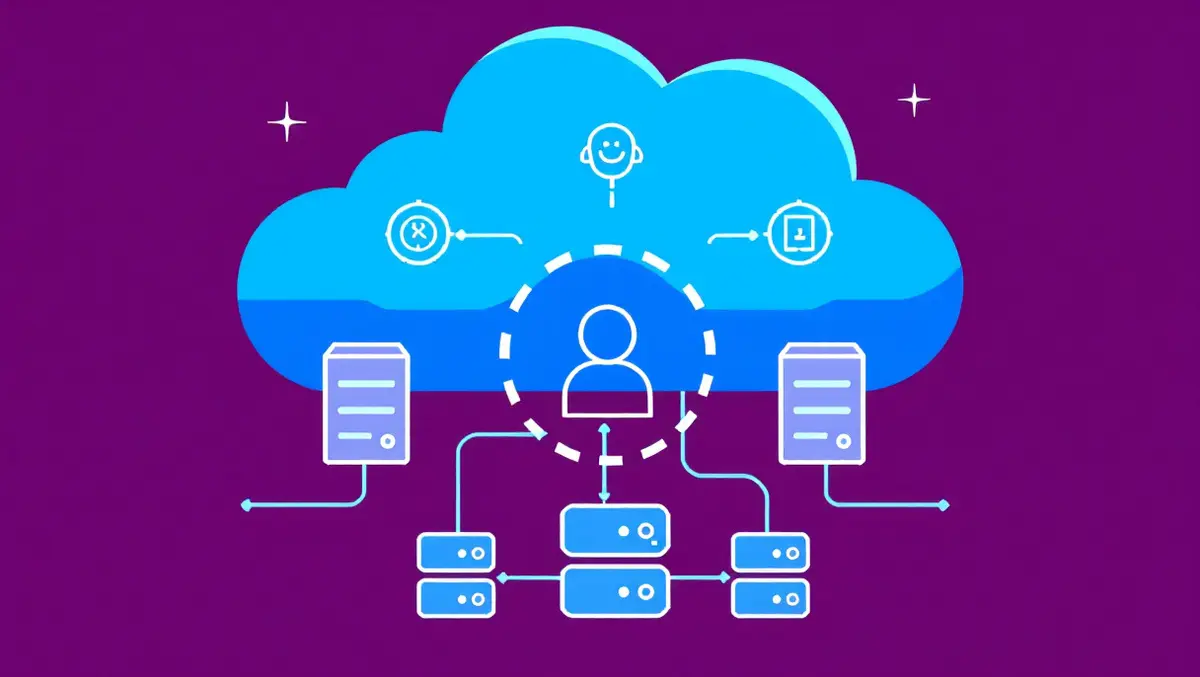
Red Hat launches AI assistant to simplify hybrid cloud use
Red Hat has announced the general availability of Red Hat OpenShift Lightspeed, a generative AI-based virtual assistant integrated with its OpenShift platform.
This tool is designed to enhance the deployment and management of application platforms across hybrid cloud environments by providing users with AI-powered guidance and assistance.
The aim of OpenShift Lightspeed is to address the challenges faced by users of Red Hat OpenShift, particularly as organisations increasingly rely on hybrid cloud solutions powered by Kubernetes. The assistant is intended to help less experienced users become proficient more quickly and allow more experienced IT staff to focus on higher-value tasks.
Mike Barrett, Vice President, Hybrid Platforms at Red Hat, commented on the challenges facing IT teams, stating, "Delivering AI-enabled applications is a top priority for organizations around the globe, but many IT teams already struggle with the complexities associated with hybrid cloud computing, let alone bringing these intelligent applications to life. Red Hat OpenShift Lightspeed helps flatten the learning curve for Red Hat OpenShift users, enabling novices to get started more quickly and more experienced users to maximize efficiencies on the industry's leading hybrid cloud application platform powered by Kubernetes. With Red Hat OpenShift Lightspeed, organizations can improve their productivity, freeing up time and putting a greater focus on delivering innovation to their customers."
The company references research by IDC, which forecasts that over 90% of organisations worldwide will be affected by a shortage of IT skills by 2026, potentially leading to USD $5.5 trillion in losses due to product delays and lost business. Red Hat presents OpenShift Lightspeed as a solution to the anticipated skills gap, as it provides in-console, AI-driven assistance tailored specifically for OpenShift users.
The new feature appears as an intelligent guide within the OpenShift web console. It offers tailored assistance and proactive, step-by-step support, designed to help IT teams of varying experience levels manage complex application environments with greater efficiency and confidence. Users can interact with OpenShift Lightspeed via natural language, asking questions about OpenShift and receiving answers that leverage Red Hat's accumulated expertise in hybrid cloud application management.
One function allows users to share data from their own environments within the chat window, enabling the assistant to give contextually relevant responses on topics such as troubleshooting and cluster resource management.
OpenShift Lightspeed offers integration with various generative AI model providers, including OpenAI, Azure OpenAI, and WatsonX. For organisations with specific control or security requirements, private AI options hosted on Red Hat Enterprise Linux AI and Red Hat OpenShift AI are also supported. This flexibility allows businesses to select the AI models that best fit their particular needs.
The technology introduces a feature known as cluster-interaction, offered as a technology preview, which enables the virtual assistant to retrieve context directly from user clusters. This allows for more precise answers tailored to a given environment, differentiating it from more generalised guidance.
Customisation is further supported through the bring your own knowledge (BYO Knowledge) feature, also available in technology preview. This capability lets organisations integrate their own documentation and organisational knowledge into the assistant, with the aim of generating responses that reflect their processes and preferred methods of using OpenShift.
As hybrid cloud environments increasingly combine both containerised applications and virtualised workloads, managing these systems can be complex. OpenShift Lightspeed also delivers guidance specific to OpenShift Virtualization, assisting users with tasks such as migrating from legacy virtualisation vendors and integrating virtual machines alongside containerised applications. This support covers areas including VM migrations, networking, and storage, which is intended to simplify efforts to modernise infrastructure.
Thomas Munoz, Core SRE Manager, Shopping, Amadeus, shared his perspective on the technology: "As a leading provider of advanced technology solutions within the global travel industry, our company prioritizes using innovative technologies to better serve our customers. Red Hat OpenShift has already helped us streamline operations and reduce time to market for new services. We look forward to exploring Red Hat OpenShift Lightspeed as we see strong potential for the technology to help us further accelerate and simplify the way our teams operate."
Red Hat OpenShift Lightspeed is expected to be available in June 2025.


